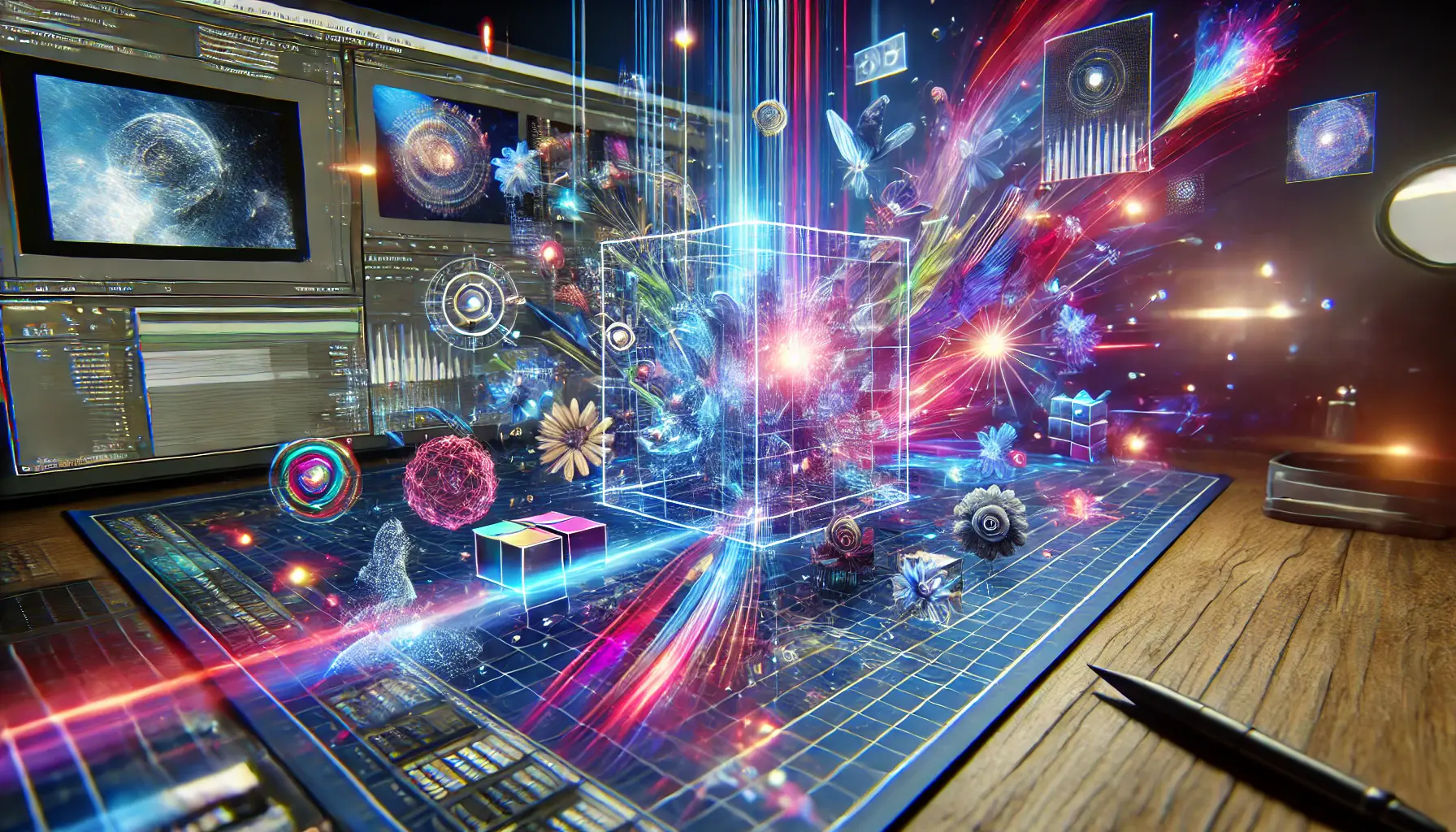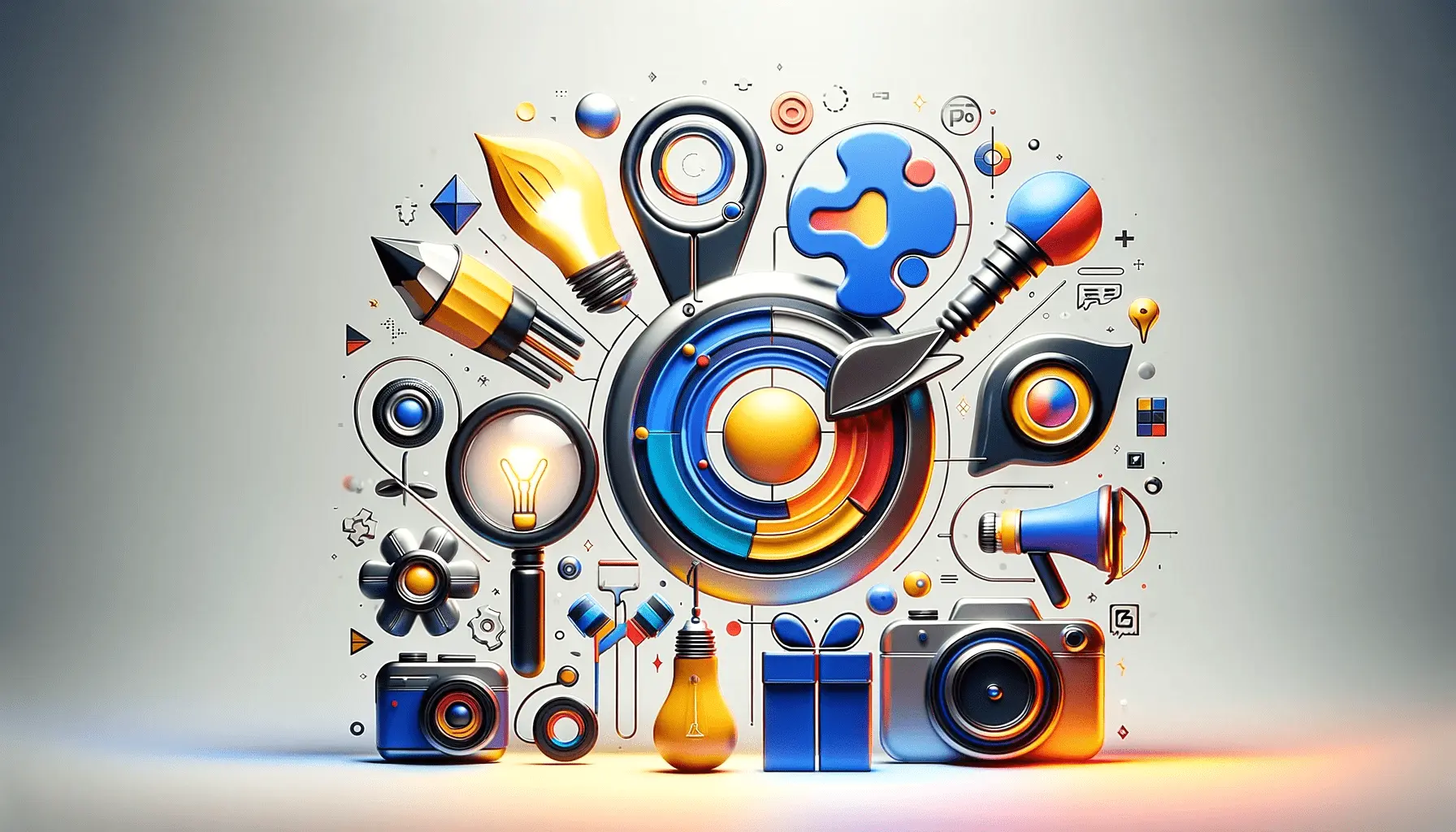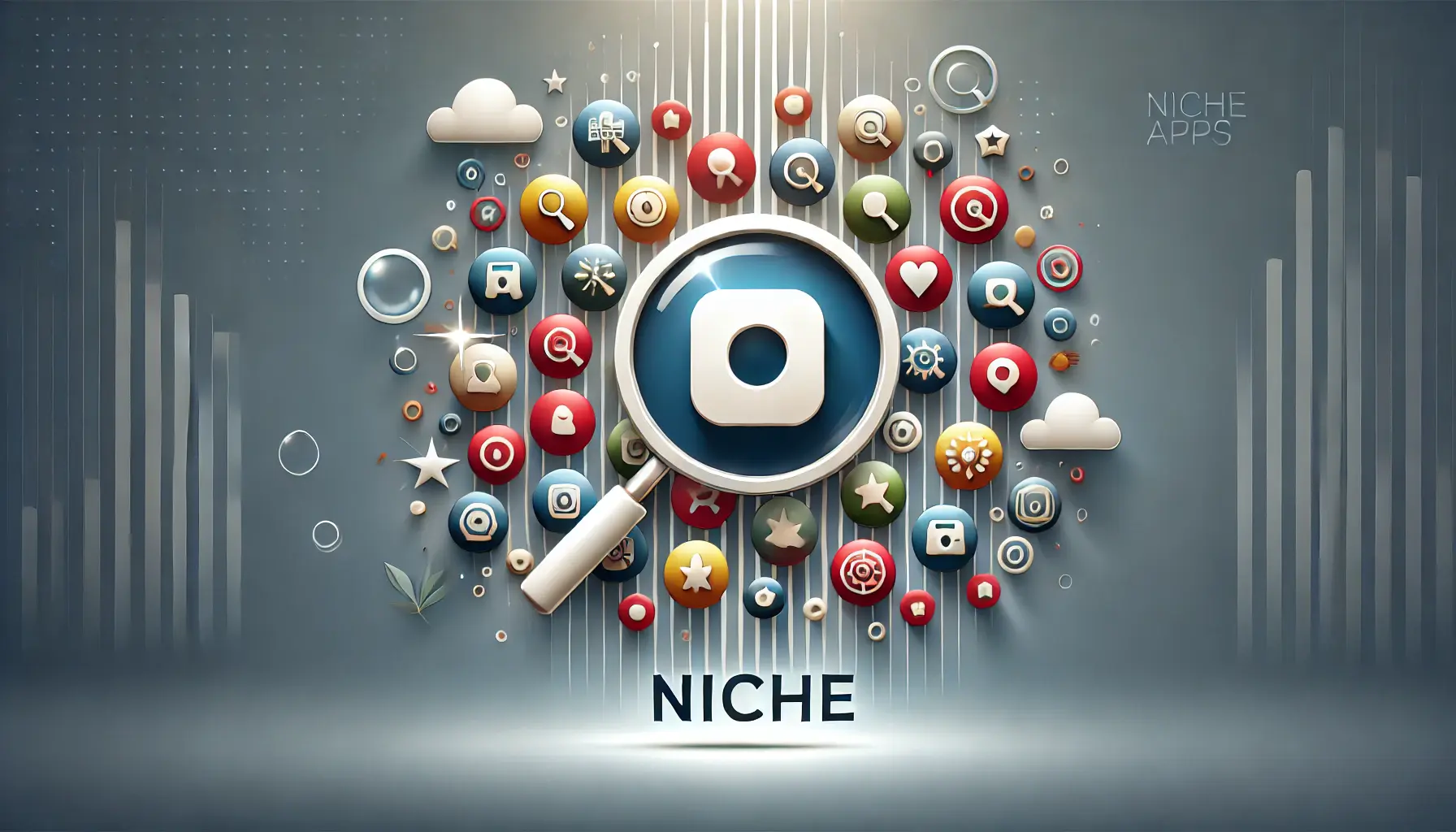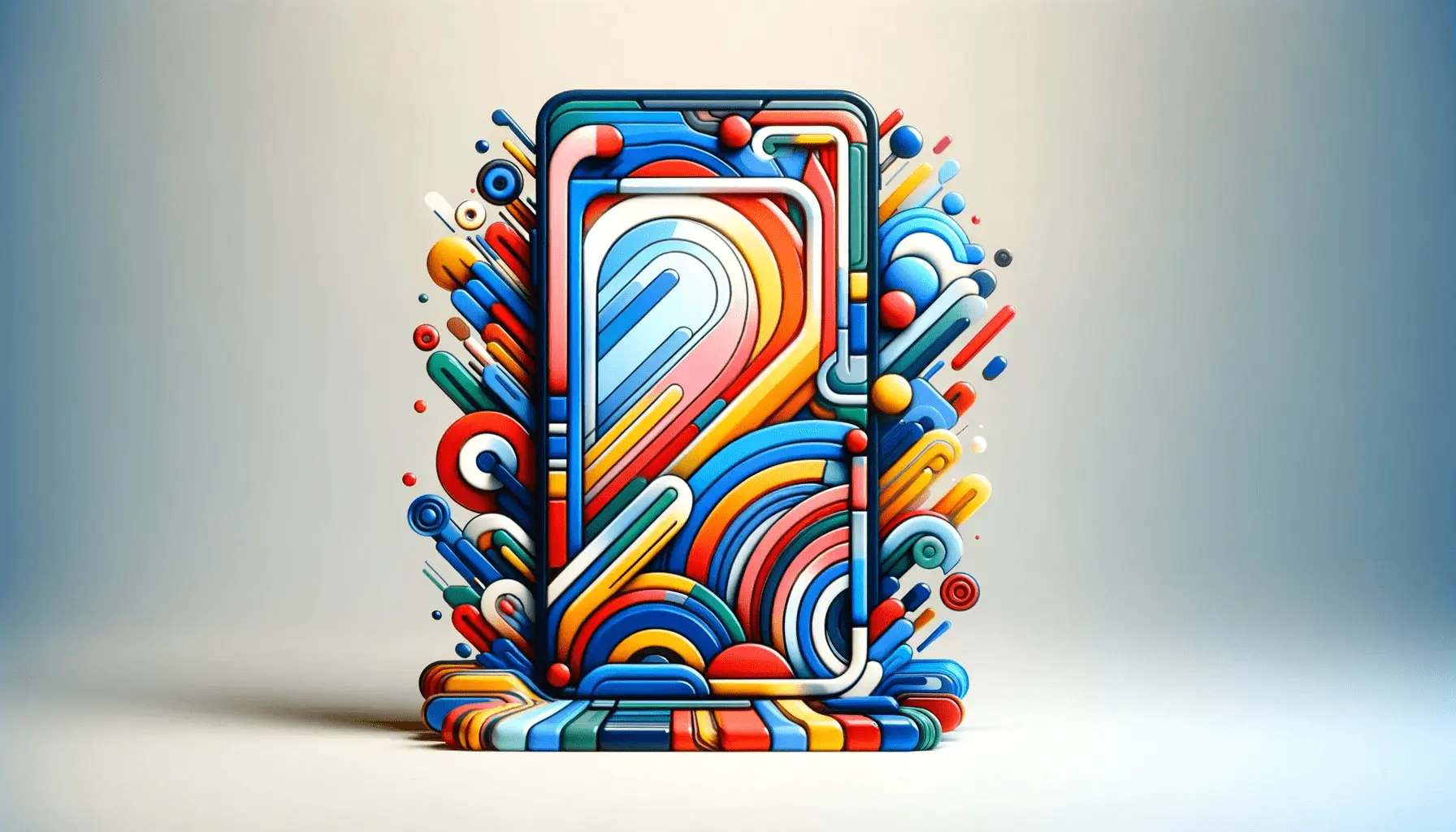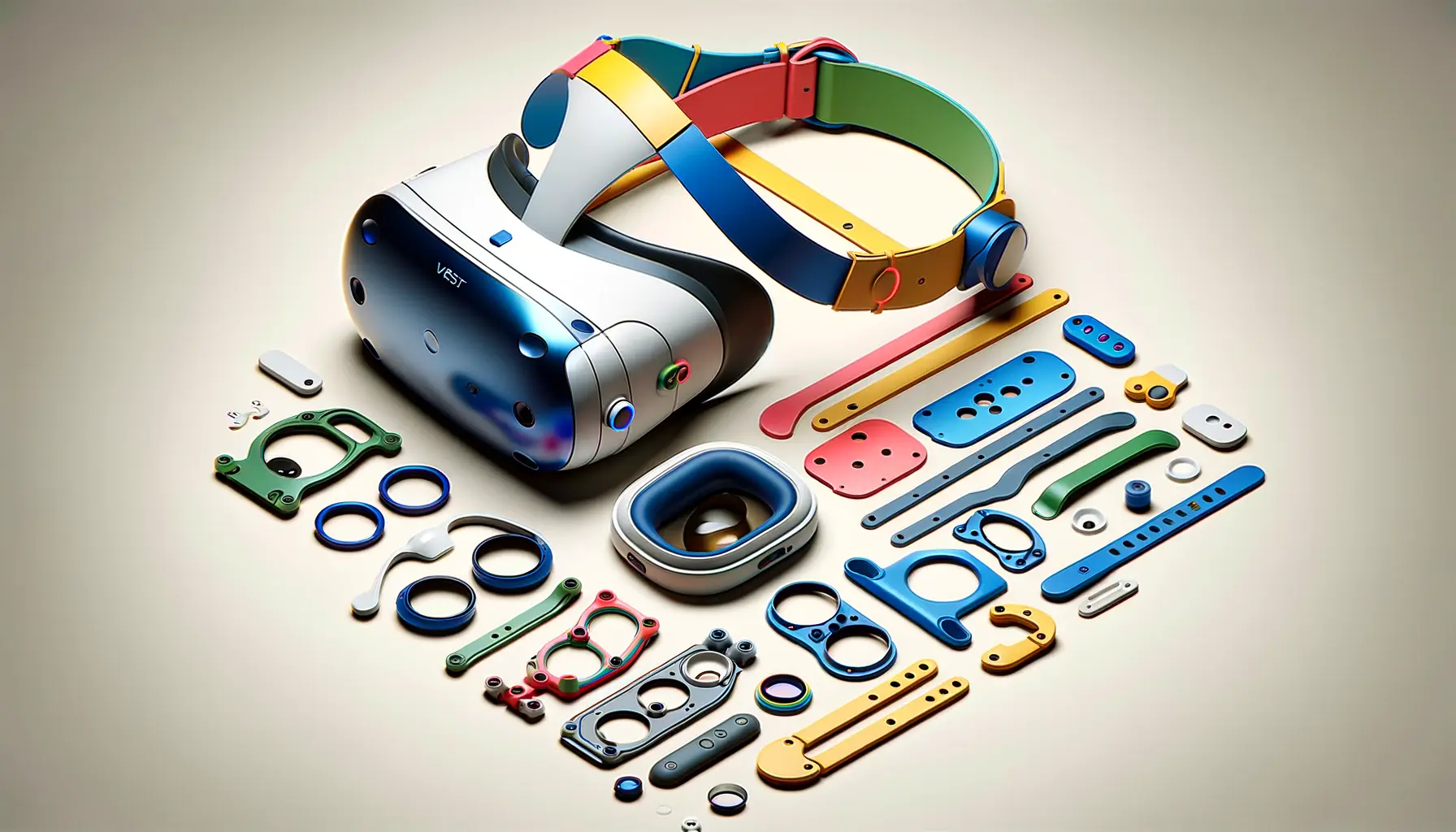YouTube advertisements have grown to be one of the most powerful means for companies to reach their target audience.
Capturing people’s attention is no small task in the modern world, where the attention span is smaller than ever.
Visual effects are at the heart of the most engaging YouTube ads, helping brands tell stories that stick.
This article explores some of the visual techniques that elevate YouTube ads and keep viewers glued.
Dynamic Animation and Motion Graphics
Animation and motion graphicsGraphics that use animation or video footage to create the illusion of motion or rotation. are more than just eye-catching elements; they are storytelling tools.
These visual effects simplify complex ideas and transform them into easily digestible content, perfect for YouTube’s fast-paced environment.
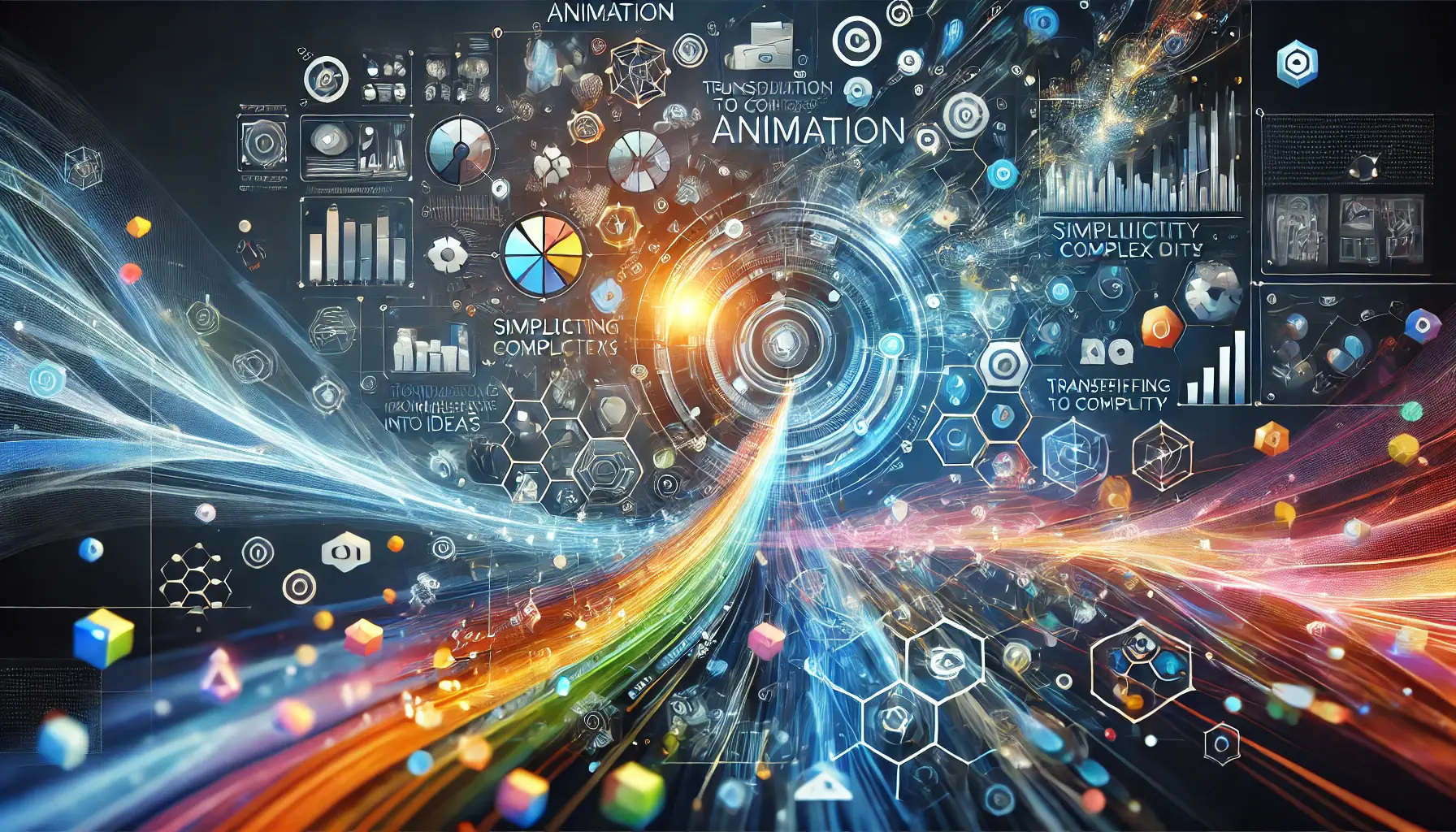
Animation transforms complex ideas into visually simple and engaging elements.
Simplifying Complex Messages with Animation
Animation enables advertisers to fragment complex ideas into understandable, visually appealing chunks.
For instance, explaining how a new app works or detailing a service process is much easier to convey when supported with animated graphics.
This not only helps in making the message more lucid but also makes it enjoyable for the audience.
- Use explainer videos to introduce products.
- Leverage animated infographics for data presentation.
- Highlight key features through character animations.
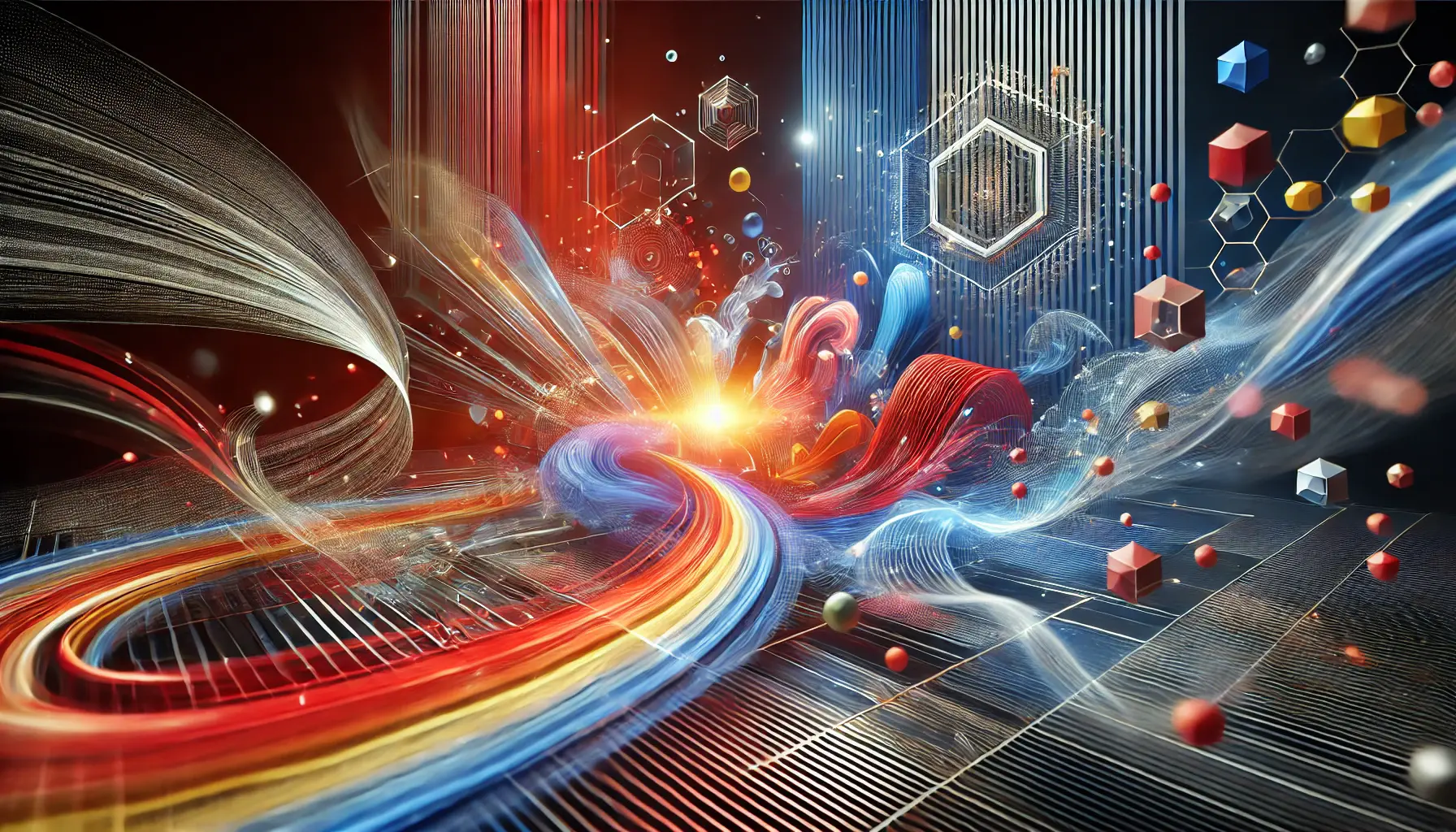
Motion graphics bring energy and creativity to digital advertising.
Motion Graphics for Enhanced Engagement
Motion graphics add flair and dynamism to ads, keeping viewers’ attention.
Smooth transitions, striking typography, and kinetic text effects all contribute to an energetic atmosphere that keeps viewers hooked.
- Emphasize key messages using kinetic typography.
- Experiment with transition effects to maintain visual flow.
- Mix 2D and 3D motion graphics for a sleek, modern look.
Dynamic animation and motion graphics make your ads memorable and engaging, setting them apart in the competitive world of YouTube advertising.
These tools are part and parcel of a well-developed campaign strategy, ensuring that visual effects play a critical role in the success of your YouTube ads.
Dynamic animations and motion graphics simplify complex ideas and make YouTube ads more engaging by transforming intricate messages into visual stories.
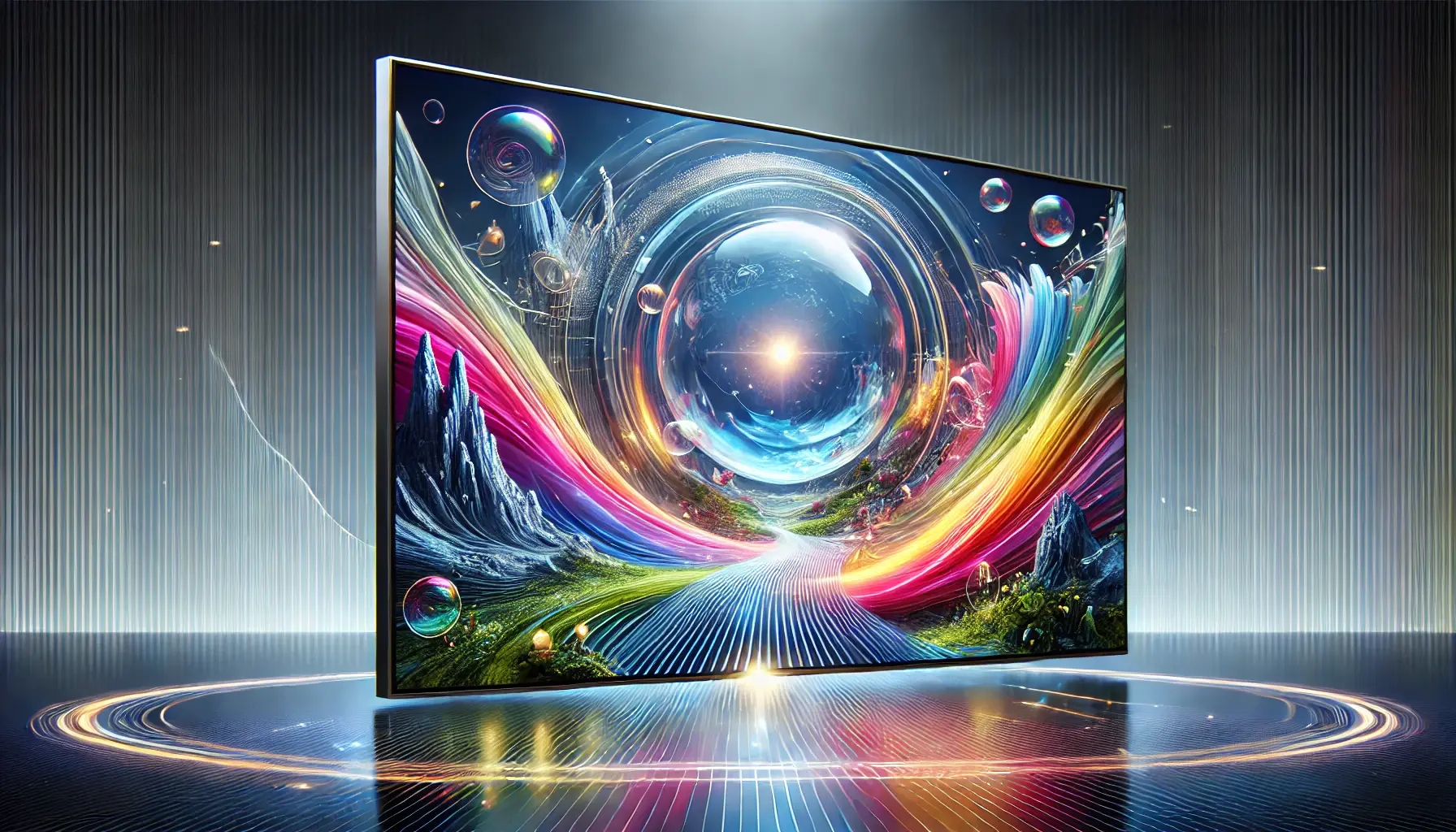
High-quality visuals enhance professionalism and viewer engagement.
High-Quality Visuals and Resolution
In the competitive landscape of YouTube advertising, the quality of your visuals can make or break viewer engagement.
High-resolution images and videos are not just about aesthetics; they play a crucial role in conveying professionalism and credibility, directly impacting audience perception and response.
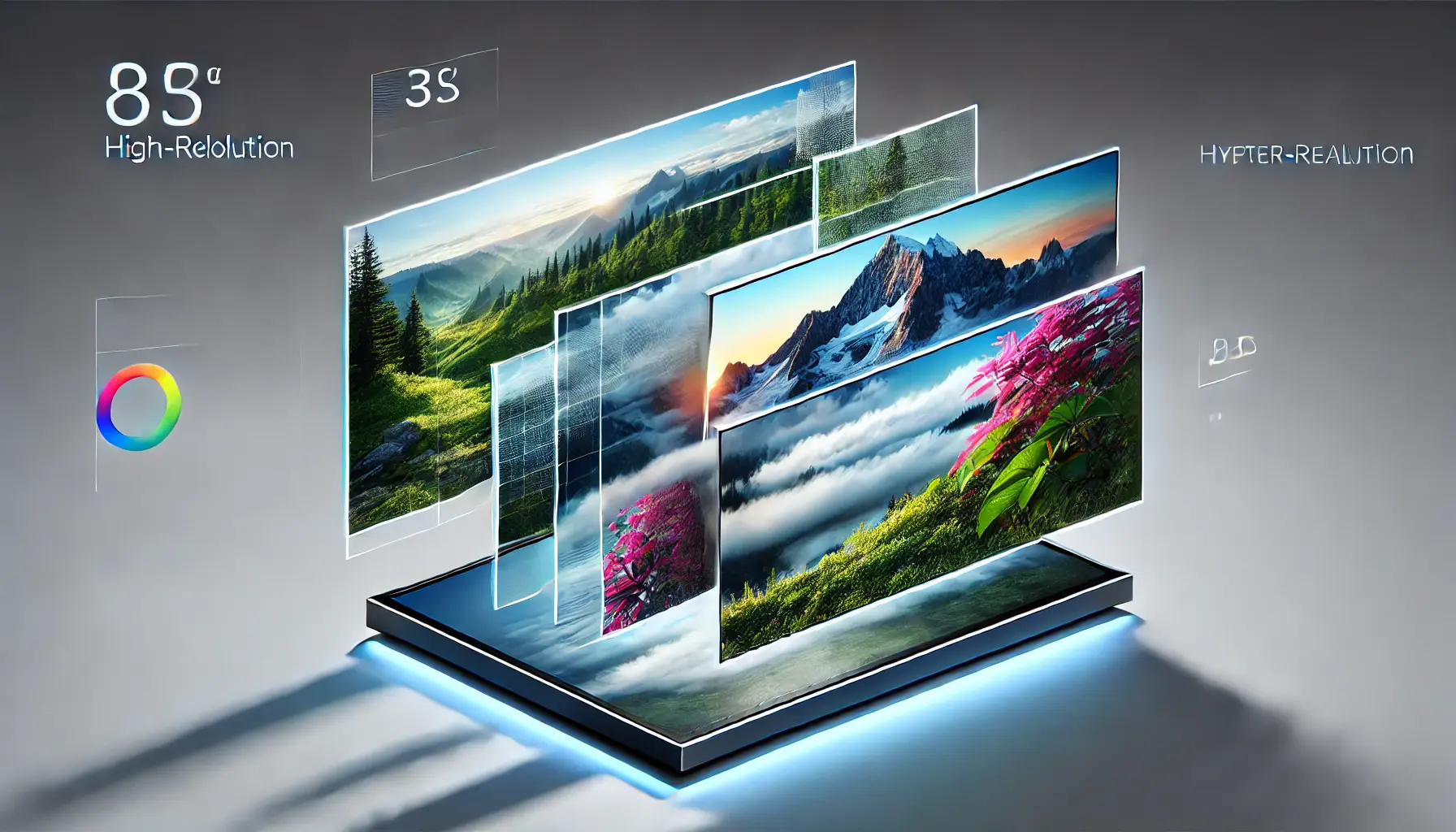
High-resolution images bring clarity and professionalism to digital content.
The Importance of High-Resolution Images
High-resolution images ensure that your content appears sharp and clear on any device and screen size.
Such clarity is highly effective in capturing and retaining viewers’ attention, as low-quality visuals can result in a negative impression of your brand.
Using high-quality images creates a better user experience, making your content more inviting and encouraging viewers to engage with your message.
- Enhances Professionalism: Clear, crisp images reflect a brand’s commitment to quality.
- Builds Trust: High-quality visuals convey reliability and attention to detail.
- Improves Engagement: Audiences are more likely to interact with visually appealing content.

Color grading creates mood and atmosphere in digital content.
Color Grading to Set the Mood
Color grading is a post-production technique that involves adjusting the colors in your video to create a specific mood or atmosphere.
This can significantly affect your audience’s feelings toward your content, making it a powerful tool in storytelling.
For example, warm tones can make people feel comforted and happy, while cooler tones may denote professionalism or calmness.
Mastering color gradingThe process of adjusting colors in video post-production to create a specific mood or tone. allows you to align your visuals with your brand’s message and the emotions you want to evoke in your audience.
- Amplifies Storytelling: Sets the emotional tone for your ad.
- Reinforces Brand Identity: Consistent color schemes strengthen brand recognition.
- Captures Attention: Noticeable, striking colors make your ad pop.
By prioritizing high-quality visuals and thoughtful color grading, your YouTube ads can effectively capture attention, convey the desired message, and leave a lasting impression on your audience.
Using high-quality visuals, such as sharp images and thoughtful color grading, enhances professionalism and creates a lasting impression on viewers.

3D effects bring depth and realism to digital content.
3D Effects and Realism
Incorporating 3D effects into your YouTube ads can significantly enhance realism and depth, making your products or services more tangible to viewers.
This approach is particularly beneficial for items that require a detailed showcase, such as electronics or automobiles.
By providing a virtual experience, 3D effects allow potential customers to explore your offerings in a more immersive way.

3D rendering adds depth and realism to digital content.
Adding Depth with 3D Rendering
3D rendering involves the use of techniques that give advertisers the ability to showcase different angles of a product in high detail, which static images might not be able to accommodate.
This technique not only emphasizes the design of the product but also helps in connecting more with the audience by offering a comprehensive view.
- Better Visualization: The viewer can see the product in a realistic form.
- Detailed Presentation: Highlights features on your product that differentiate it from competitors.
- Increased Engagement: Engaging 3D models may result in higher viewer interaction.
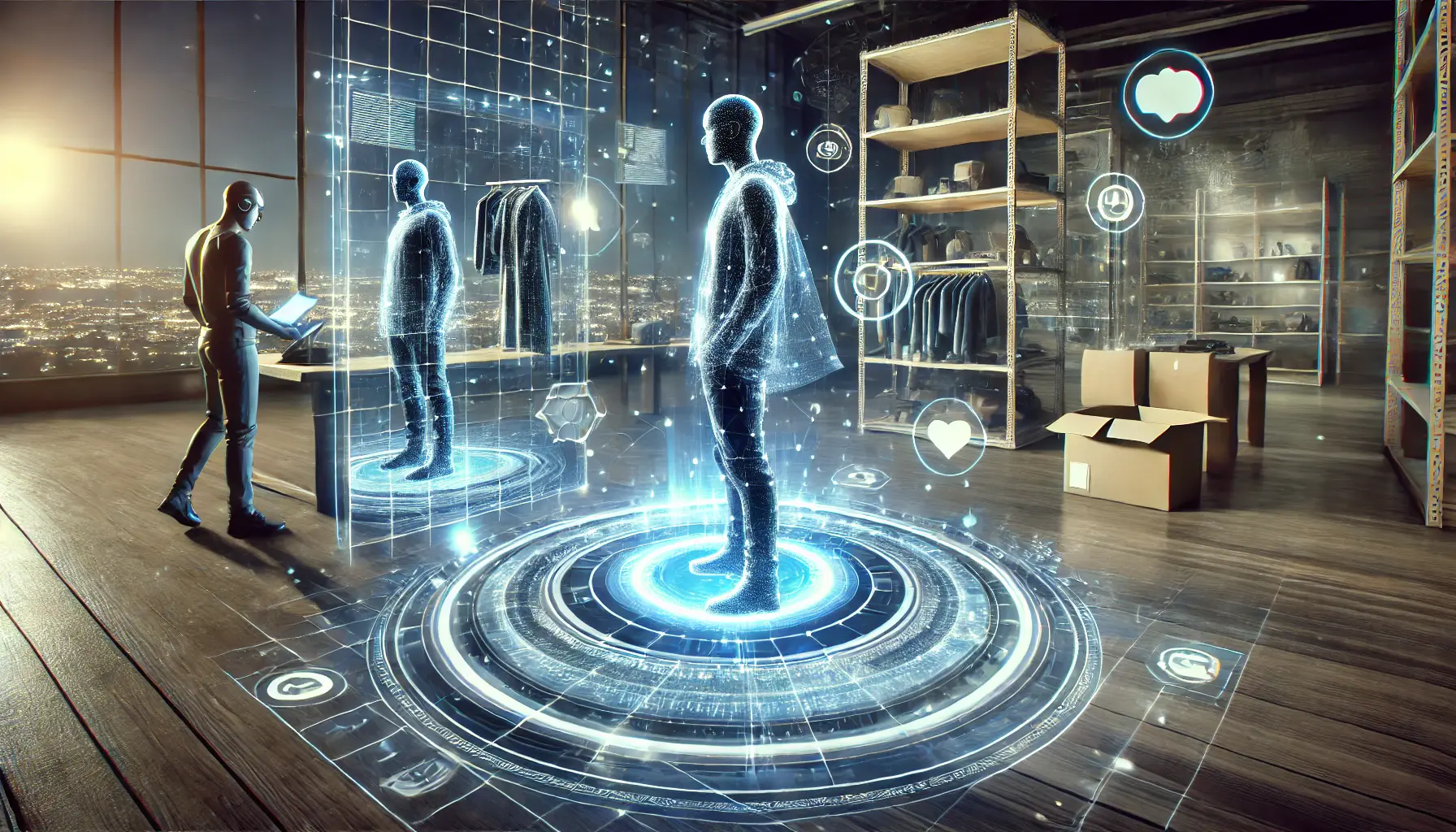
Augmented reality creates immersive experiences by blending digital elements with the real world.
Innovative Use of Augmented Reality
AR further enhances viewer engagement by overlaying digital information on the real world.
Integrating AR into your YouTube ads can provide interactive experiences, such as virtual try-ons or in-situ product demos, allowing consumers to see how a product would fit into their lives.
- Interactive Experiences: Engages users by letting them interact with products virtually through experiences like games or try-on demos.
- Personalized Content: Provides experiences aligned with individual users’ unique interests and preferences.
- Higher Conversion Rates: Interactive and personalized ads have the potential to translate into increased sales.
Tap into 3D effects and augmented realityTechnology that overlays digital elements onto the real world through devices like smartphones or AR glasses. to make your YouTube ads stand out, creating memorable experiences that engage viewers and drive action.
3D effects and augmented reality provide immersive experiences, allowing viewers to interact with products virtually, which can significantly improve engagement.
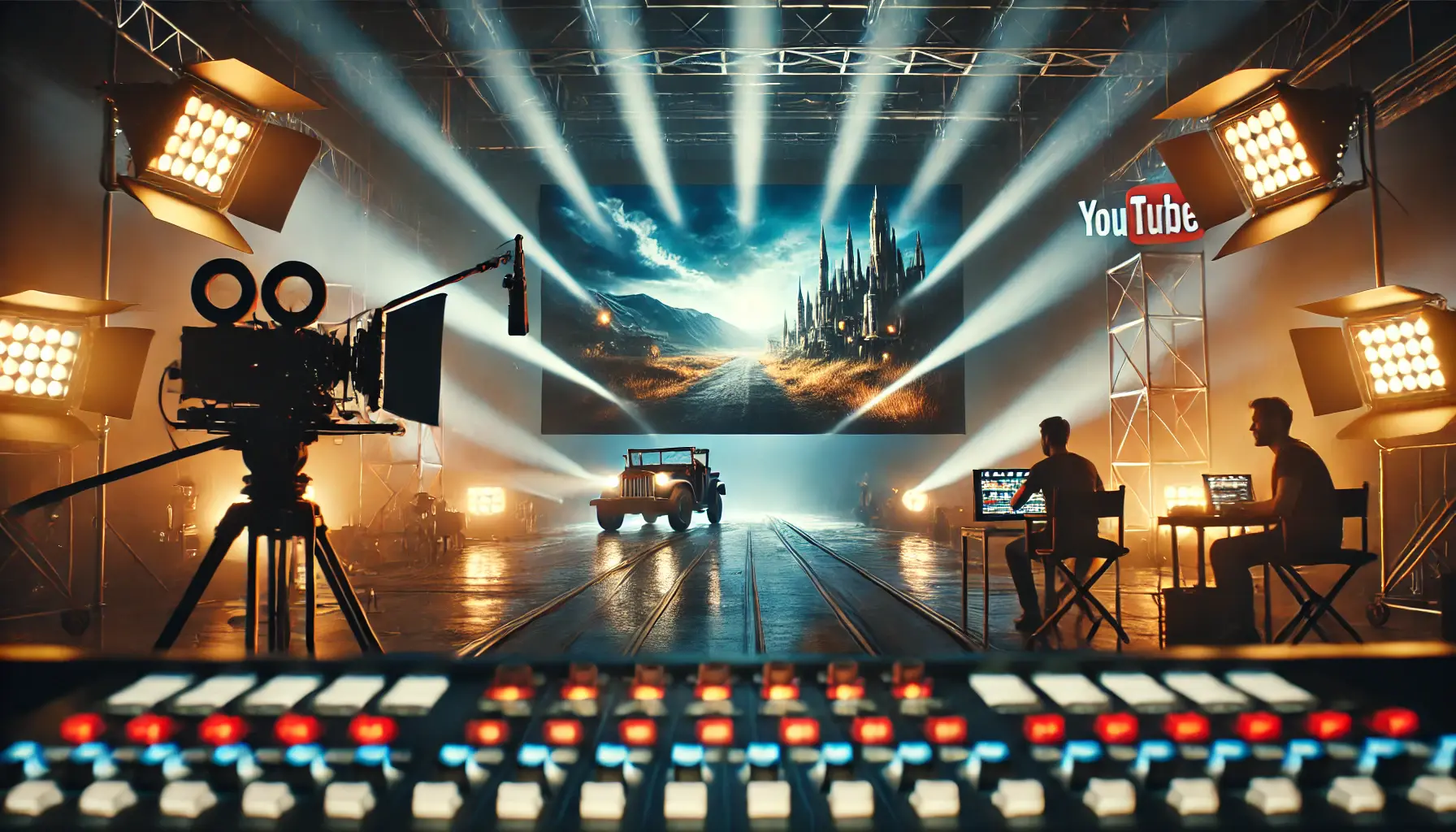
Cinematic techniques enhance storytelling and visual appeal in YouTube ads.
Cinematic Techniques in YouTube Ads
Incorporating cinematic techniques into your YouTube ads can transform standard promotional content into engaging narratives that captivate viewers.
By employing strategic camera angles, movements, and lighting, you can create a film-like experience that resonates with your audience, enhancing both engagement and retention.

Strategic camera angles and movements enhance visual storytelling.
Strategic Use of Camera Angles and Movement
Different camera angles and movements can be used to great effect in your ad to tell a story.
For example, close-ups focus on the details of the product, while wide shots set the scene.
Pans and tracking shots add energy and make the ad more interesting to watch.
- Close-Up Shots: Emphasize minute product features that viewers may not notice.
- Wide Shots: Establish context, such as where the product fits into the environment.
- Dynamic Movements: Techniques such as panning or tracking shots add energy and keep viewers engaged.
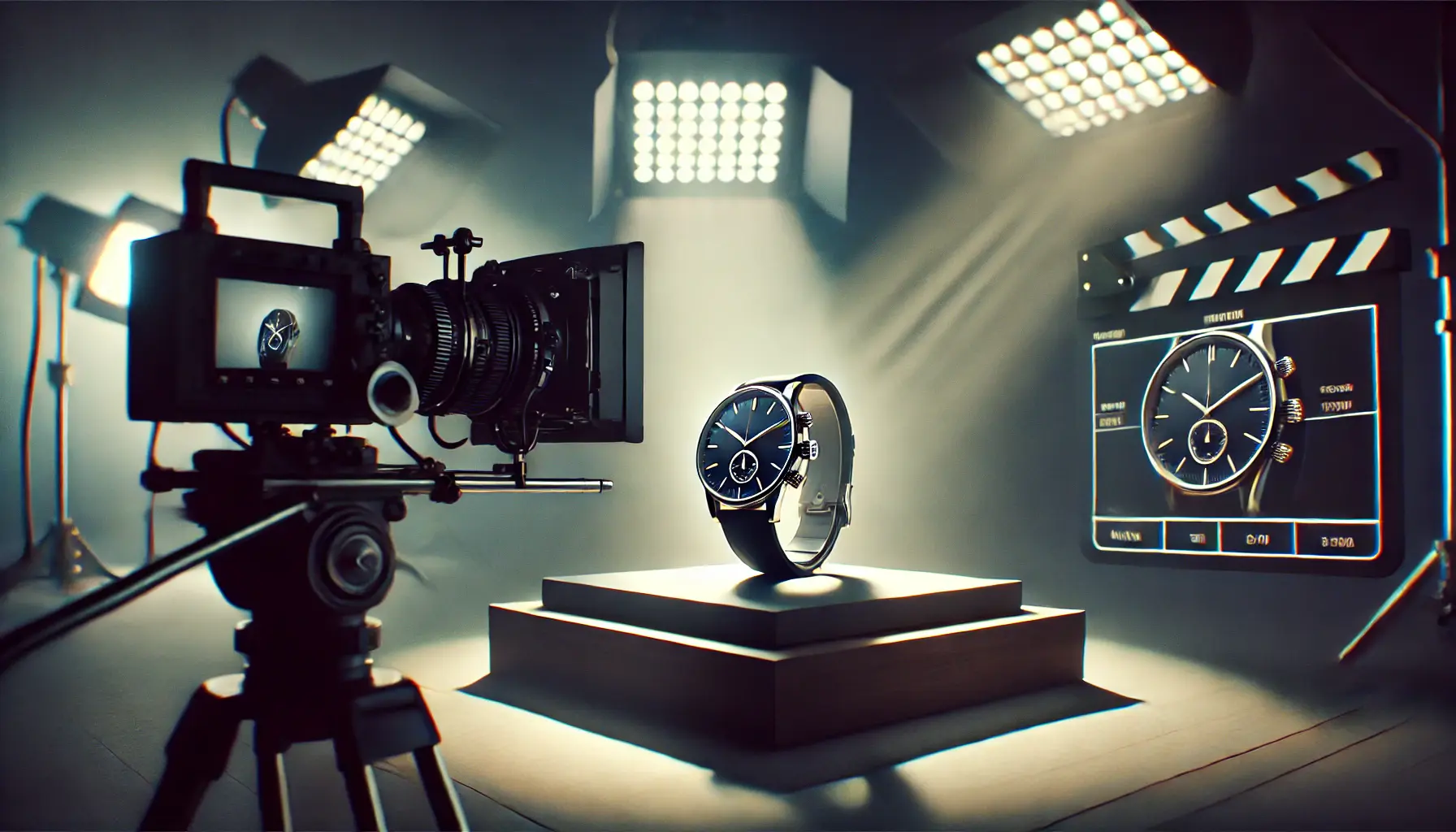
Lighting enhances the appeal of products by emphasizing key features.
Lighting to Enhance Product Appeal
Lighting plays a crucial role in setting the mood and emphasizing product attributes.
Soft, diffused lighting can create a warm, inviting atmosphere, while harsher lighting may convey urgency or highlight specific details.
- Soft Lighting: Creates an inviting ambiance, making products appear more appealing.
- Directional Lighting: Draws attention to the salient features of a product by creating shadows and highlights.
- Color Temperature: Can be manipulated by the use of warmer or cooler colors to elicit specific viewer responses.
Applying these film techniques with a bit of forethought will give your YouTube ads that extra something special and an exciting visual quality to carry your brand’s message to your target audience.
Employing cinematic techniques like strategic camera angles and lighting transforms ads into visually compelling stories, boosting audience retention.
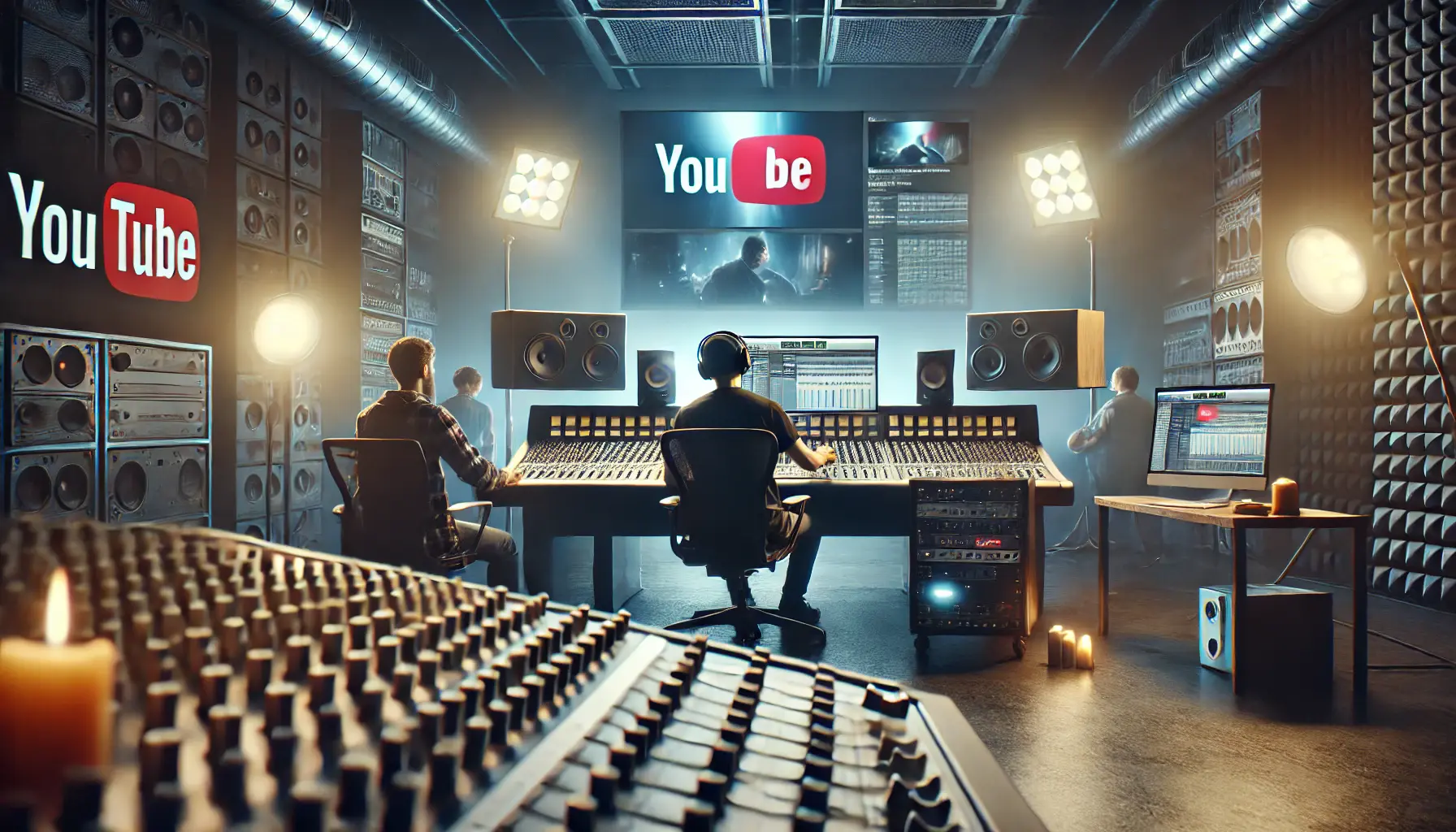
undefined
Sound Design and Music in YouTube Ads
In the realm of YouTube advertising, the strategic use of sound design and music is pivotal in capturing audience attention and conveying your brand’s message effectively.
These auditory elements not only enhance the visual experience but also evoke emotions, making your advertisement more memorable and impactful.
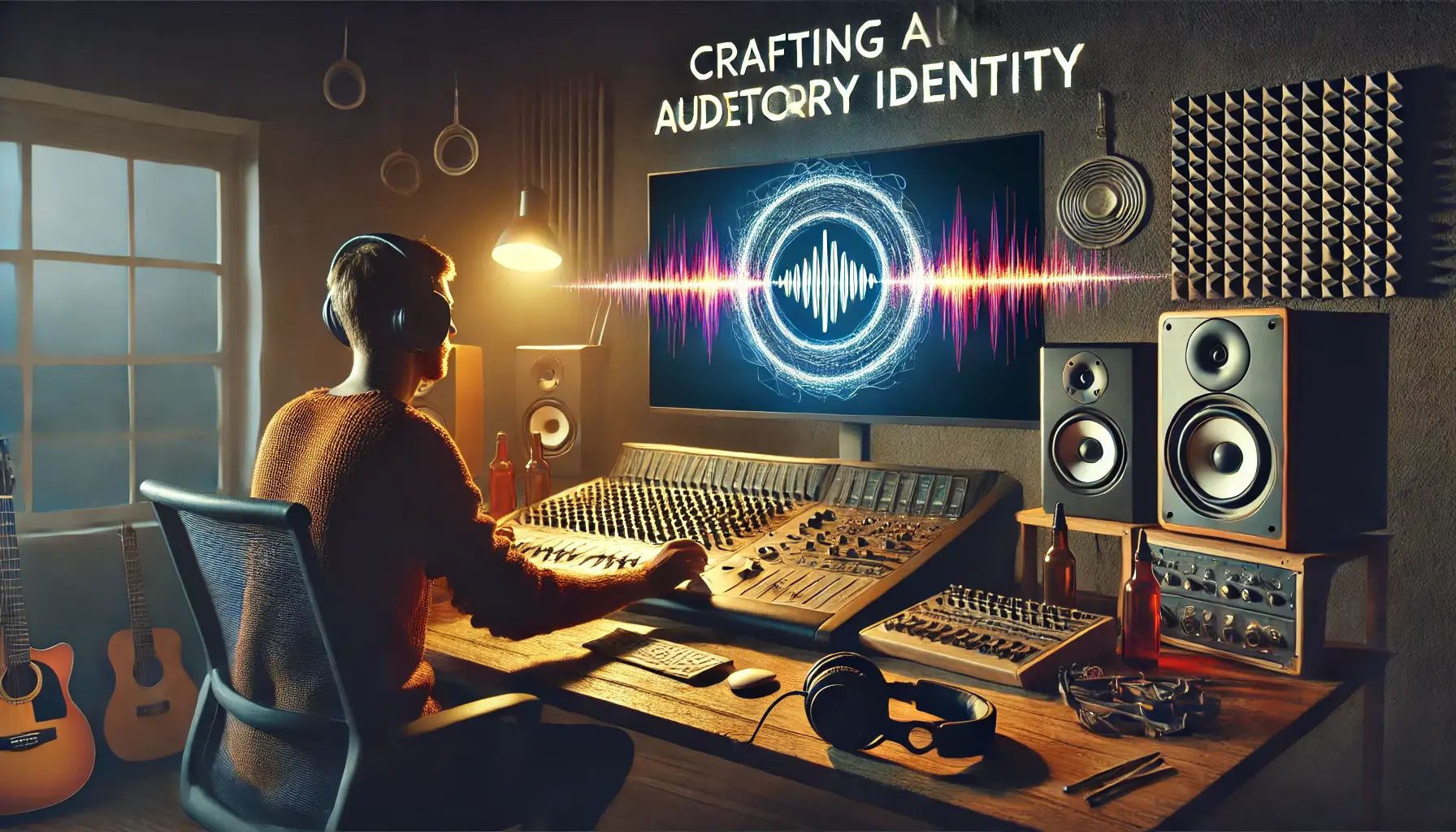
Crafting a unique auditory identity through sound design and mixing.
Crafting an Auditory Identity
Developing an exclusive audio identity involves selecting music and sound effects that reflect your brand’s personality.
This consistency helps create a recognizable audio signature, reinforcing brand recall among viewers.
- Brand Alignment: The music should reflect your brand values and appeal to the target audience’s preferences.
- Consistency: Uniformity in the audio elements across different ads helps in building a coherent brand sound.
- Memorability: A distinctive jingle or sound effect can become synonymous with your brand.
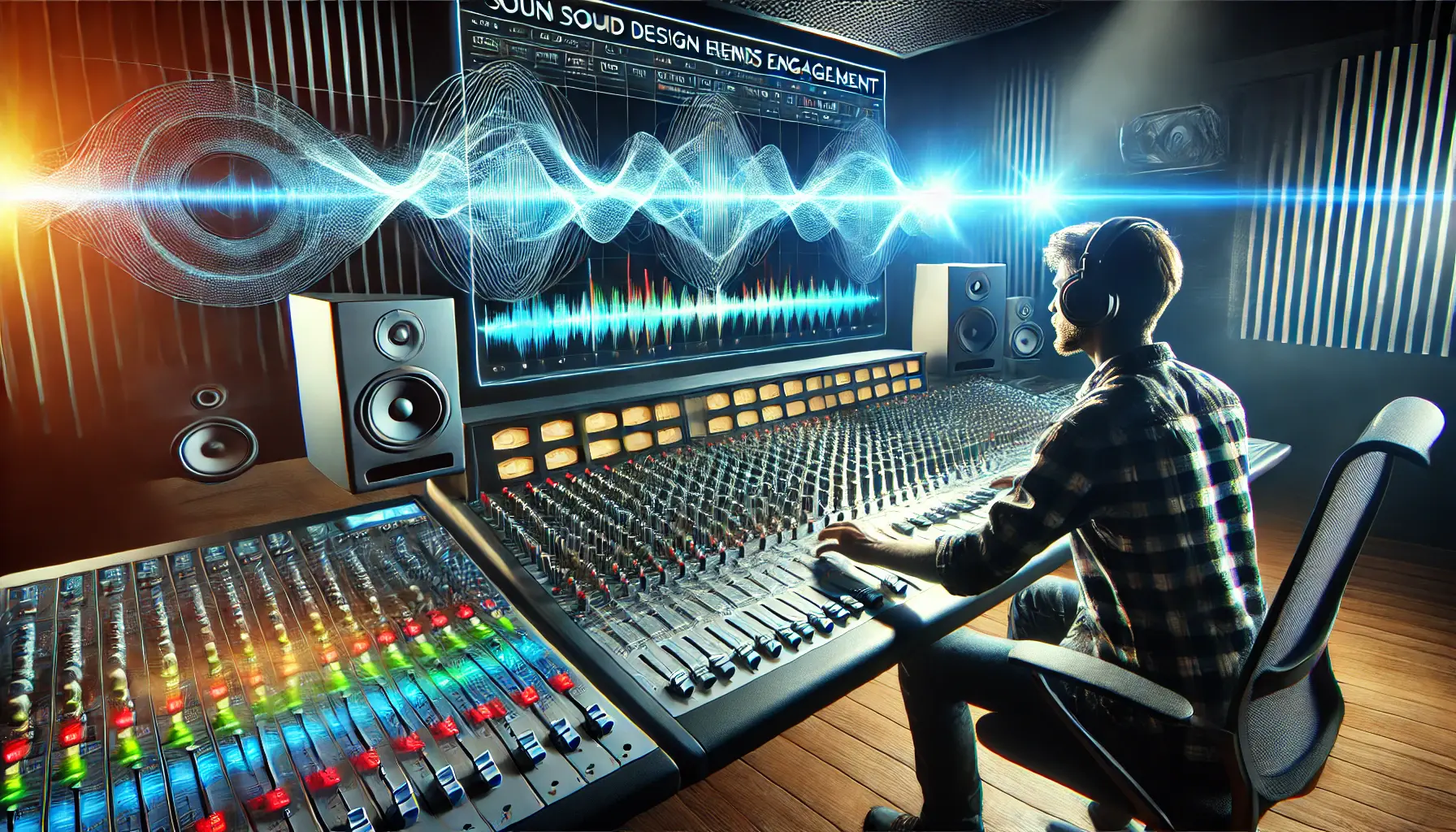
Sound design plays a crucial role in engaging the audience through dynamic audio elements.
Enhancing Engagement through Sound Design
Effective sound design goes beyond background music; it includes the strategic use of sound effects to highlight key moments and actions within the ad.
This technique draws attention to important features and enhances the storytelling aspect.
- Emphasis: Use sound effects to underscore critical points or product features.
- Atmosphere: Ambient sounds can help create an immersive atmosphere, drawing viewers into the ad’s space.
- Emotional Connection: Reflect changes in mood or emotion by timing and tuning the music to correspond with the ad’s tone.
Thoughtful integration of sound design and music will give your YouTube ads a harmonious balance of visuals and audio, offering an engaging and memorable experience for viewers.
Sound design and music create an emotional connection, complementing visuals to deliver a memorable and engaging ad experience.
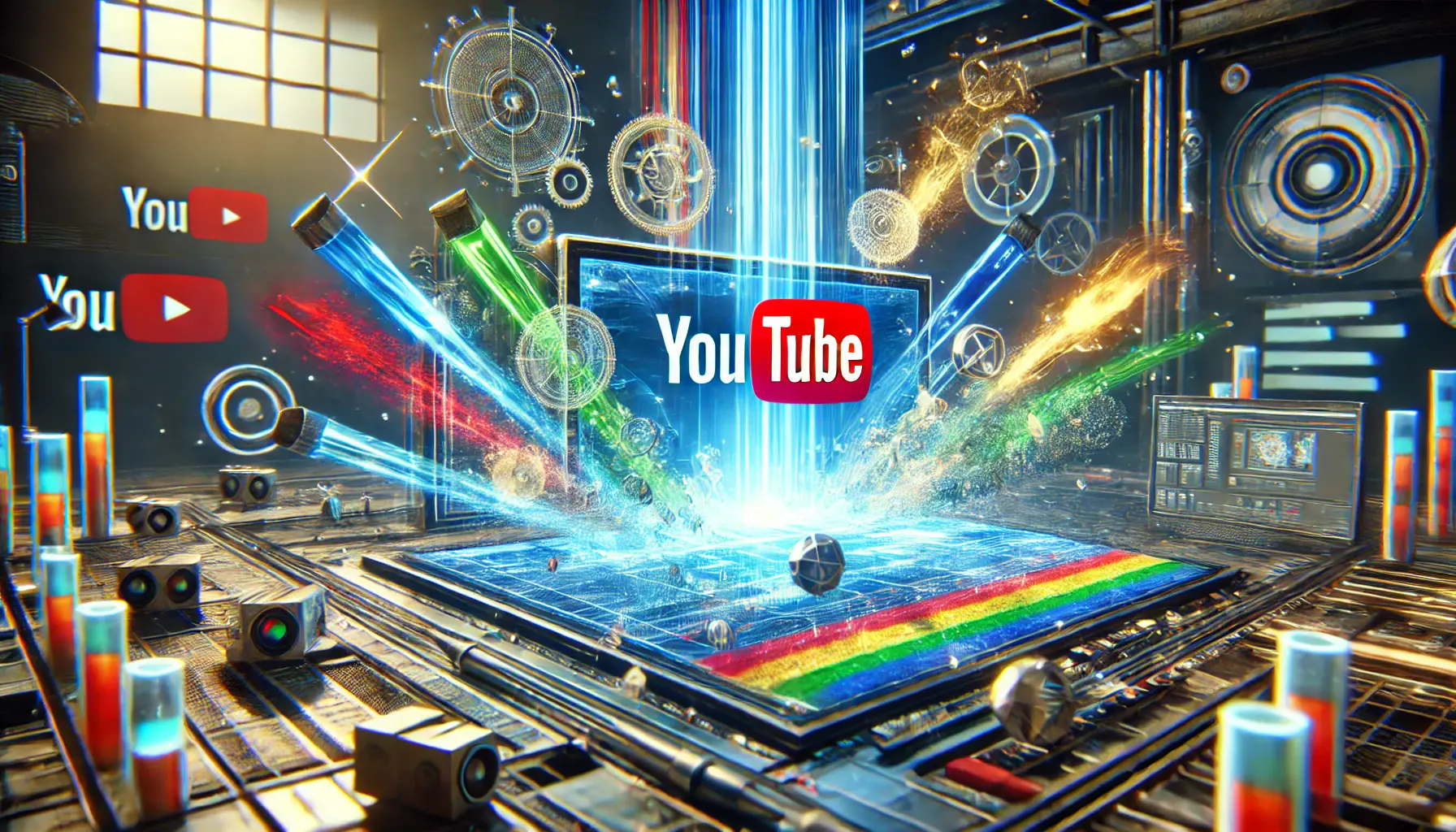
Visual effects enhance YouTube ads, transforming them into engaging, high-impact content.
The Power of Visual Effects in YouTube Ads
Visual effects form the backbone of impactful YouTube advertising.
They uniquely turn what would have otherwise been a mundane ad into an extraordinary experience, drawing attention and driving home brand messages in a way that resonates with viewers.
Throughout this article, we explored various techniques to make your YouTube ads stand out—from dynamic animations to sound design and cinematic techniques.
Each of these elements plays a significant role in enhancing engagement and driving results.
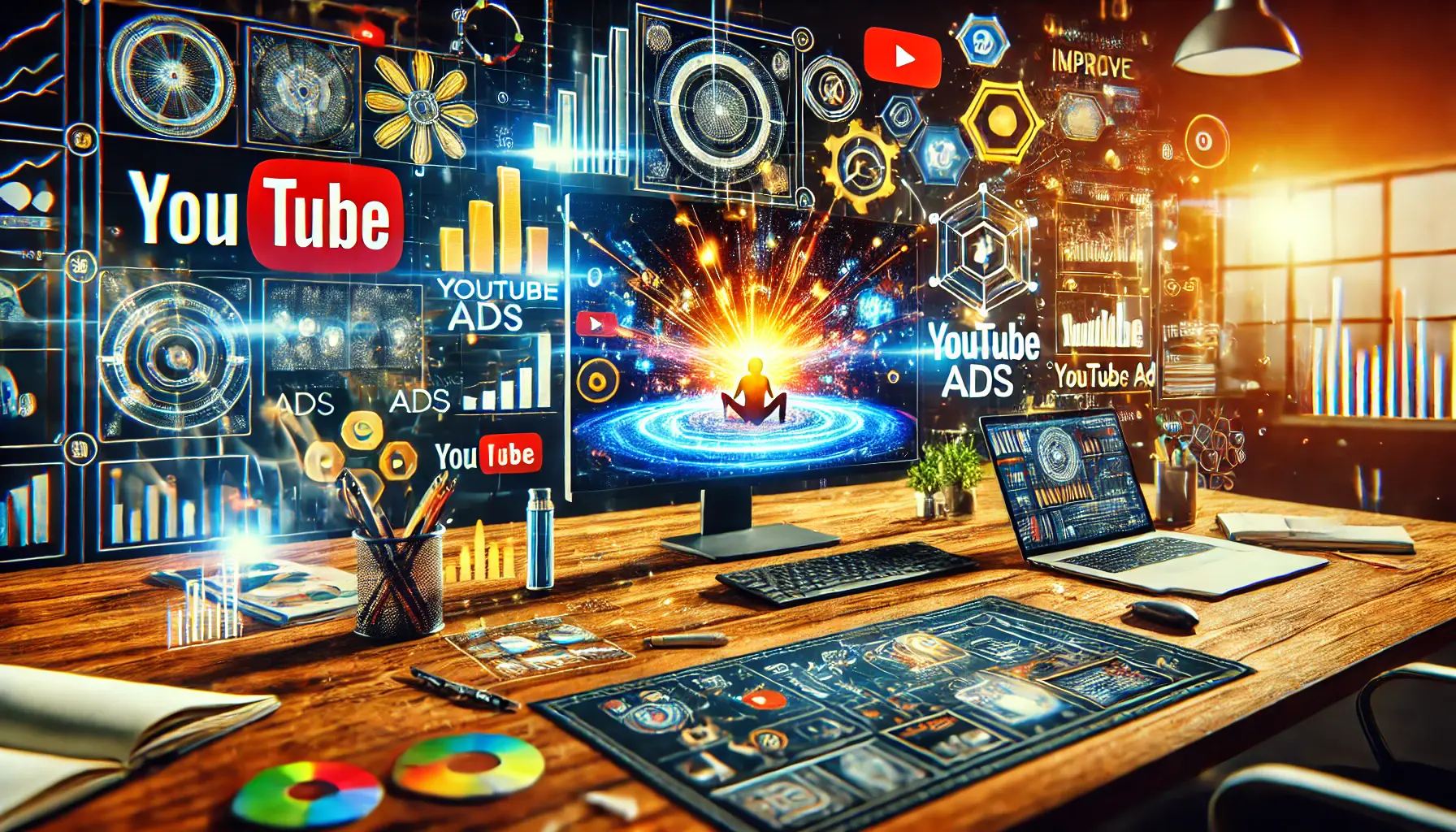
Key elements for improving YouTube ads: creativity, innovation, and impactful visuals.
Key Takeaways to Step Up Your YouTube Ads
Visual effects in YouTube ads are no longer a choice but a necessity.
Below is a summary of the key points from the article:
- Dynamic Animation and Motion Graphics: Use animations and motion graphics to simplify complex messages and increase viewer engagement.
- High-Quality Visuals: Use sharp images and well-thought-out color grading to make your visuals professional and pleasing to the eye.
- 3D Effects and Realism: Provide immersive product showcases with 3D rendering and augmented reality experiences.
- Cinematic Techniques: Apply strategic camera angles, movements, and lighting to create film-like ads that captivate audiences.
- Sound Design and Music: Create a distinctive audio identity and leverage sound effects to enhance storytelling and emotional connection.
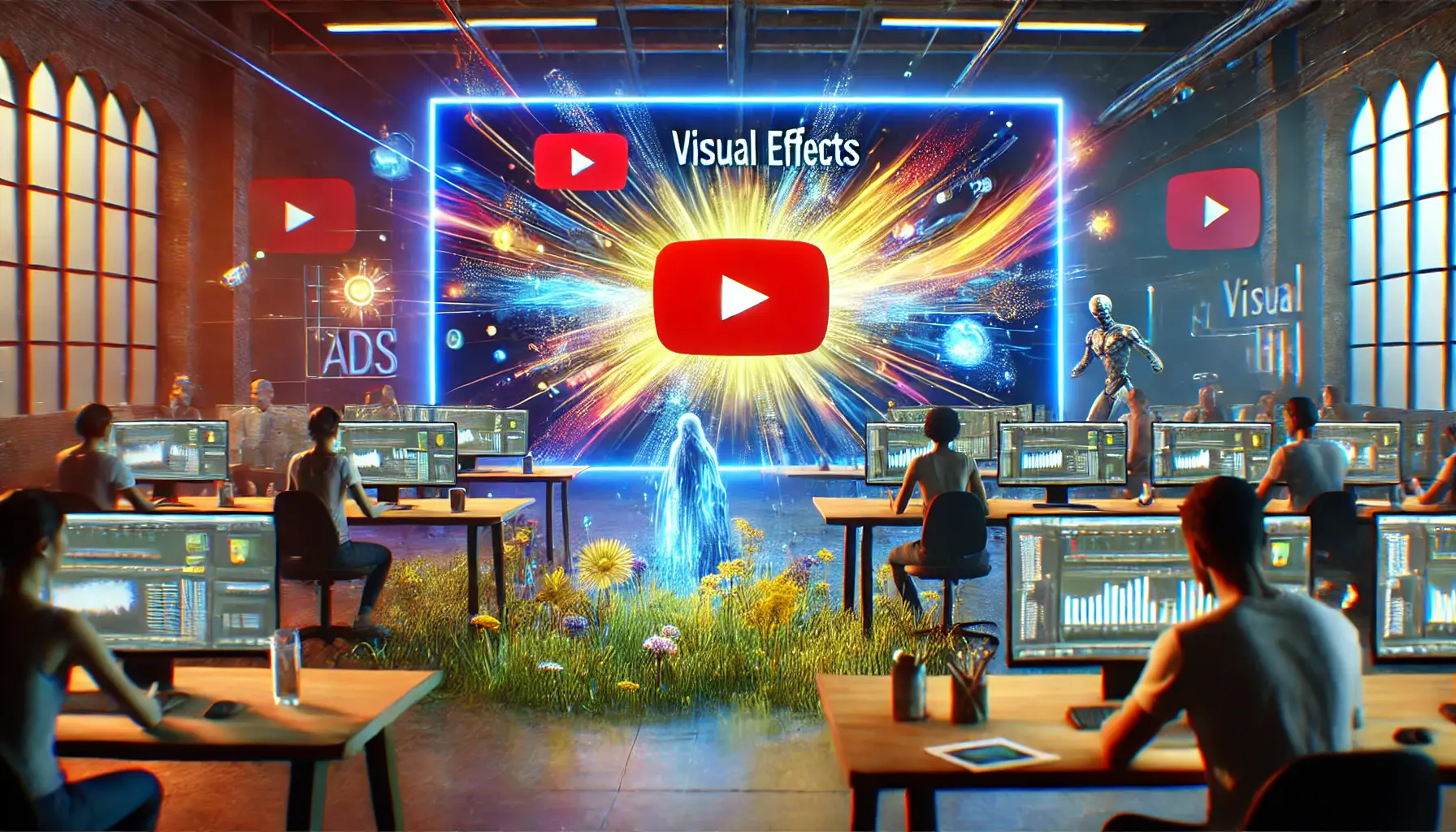
undefined
Why Visual Effects Matter
In this fast-paced world on YouTube, capturing and sustaining the attention of viewers remains an uphill task.
Visual effects don’t just make your ads outstanding but leave a lasting impression to create brand recall and customer interaction.
The right combination of techniques coupled with a strategic approach gives you ads that not only look stunning but also perform exceptionally.
From seasoned advertisers to newcomers in the journey of YouTube ads, implementing these special visual effects ensures your campaigns achieve their marketing goals.
The core remains blending creativity with the appropriate strategy; every element must coordinate optimally, allowing for a seamless and captivating viewing experience.
Visual effects are the backbone of impactful YouTube ads, turning ordinary content into extraordinary experiences that resonate with viewers.
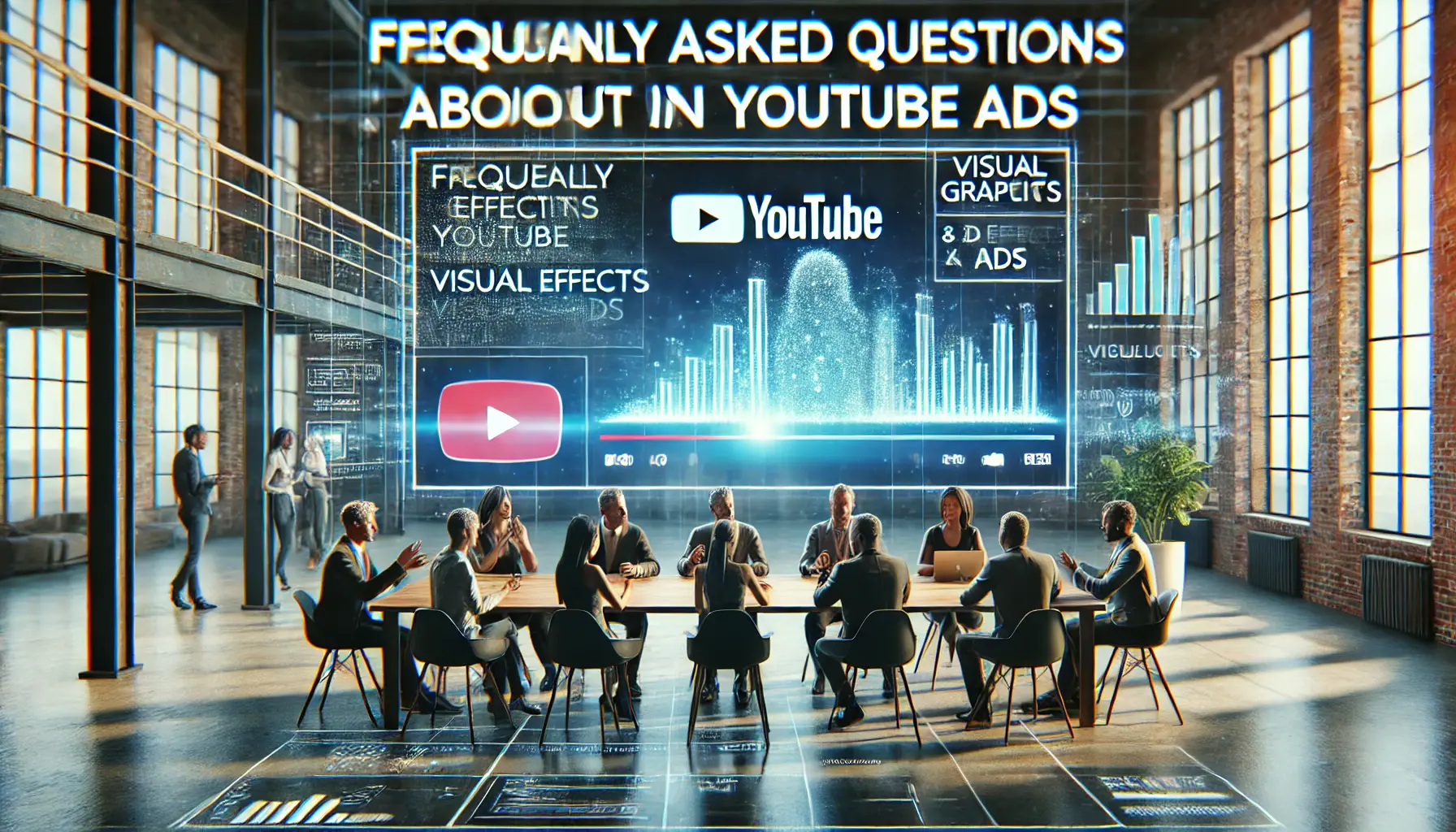
Collaborative discussions about visual effects in YouTube ads and their impact.
Your campaigns can be managed by an agency specialized in Google Ads, check out our service page.
Frequently Asked Questions about Visual Effects in YouTube Ads
Adding visual effects to your YouTube ads can improve both engagement and viewer retention immensely.
Here are some frequently asked questions and quick answers that can help you effectively utilize visual effects in your advertising strategy.
Key visual effects include dynamic animations, high-resolution imagery, 3D effects, and interactive elements such as clickable annotations.
These techniques make ads more engaging and memorable to viewers.
Dynamic animations make difficult messages easy to digest and remember.
They tell stories in an engaging way, capturing the audience’s attention and retaining the message longer.
High-resolution images ensure clarity and professionalism, building trust in the viewer’s mind.
They showcase products in great detail, making advertisements more alluring and effective across different devices and screen sizes.
3D effects add a three-dimensional feel, providing a realistic experience for viewers.
This immersive approach greatly improves understanding and increases interest, especially for detailed product showcases.
Color grading sets the mood and tone of an ad, evoking specific emotions.
It aligns visuals with brand identity, making ads more captivating and reinforcing brand recognition.
Sound design, including music and sound effects, enhances storytelling by setting the tone and evoking emotions.
It makes ads more engaging and memorable, complementing the visual elements.
Interactive elements like clickable annotations or integrated polls encourage viewer participation.
They increase engagement and provide valuable feedback on viewer preferences.
Cinematic techniques, such as strategic camera angles and lighting, create a film-like experience.
They make ads more visually appealing and emotionally compelling, capturing viewer attention effectively.
Consistency in visual effects across ads reinforces brand identity and aids in brand recall.
It ensures a cohesive viewing experience, building trust and recognition among the audience.
